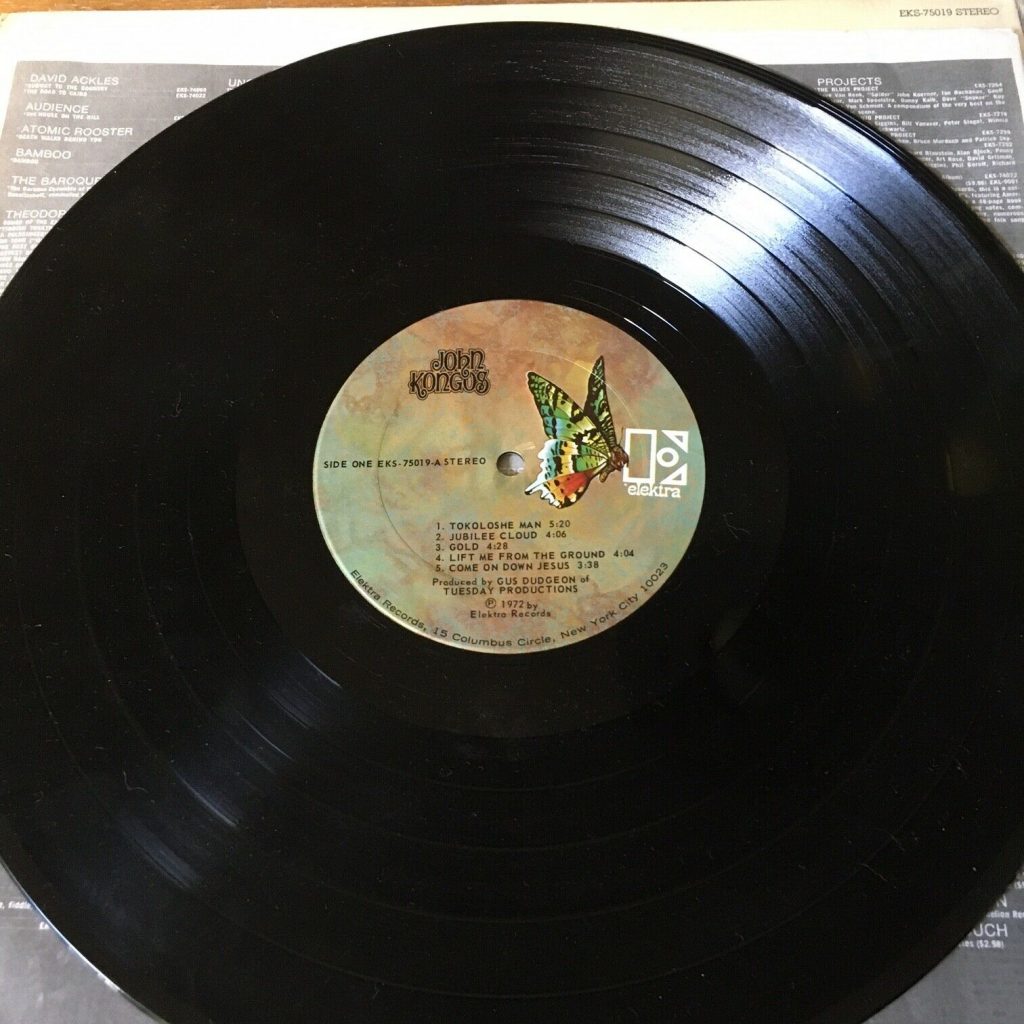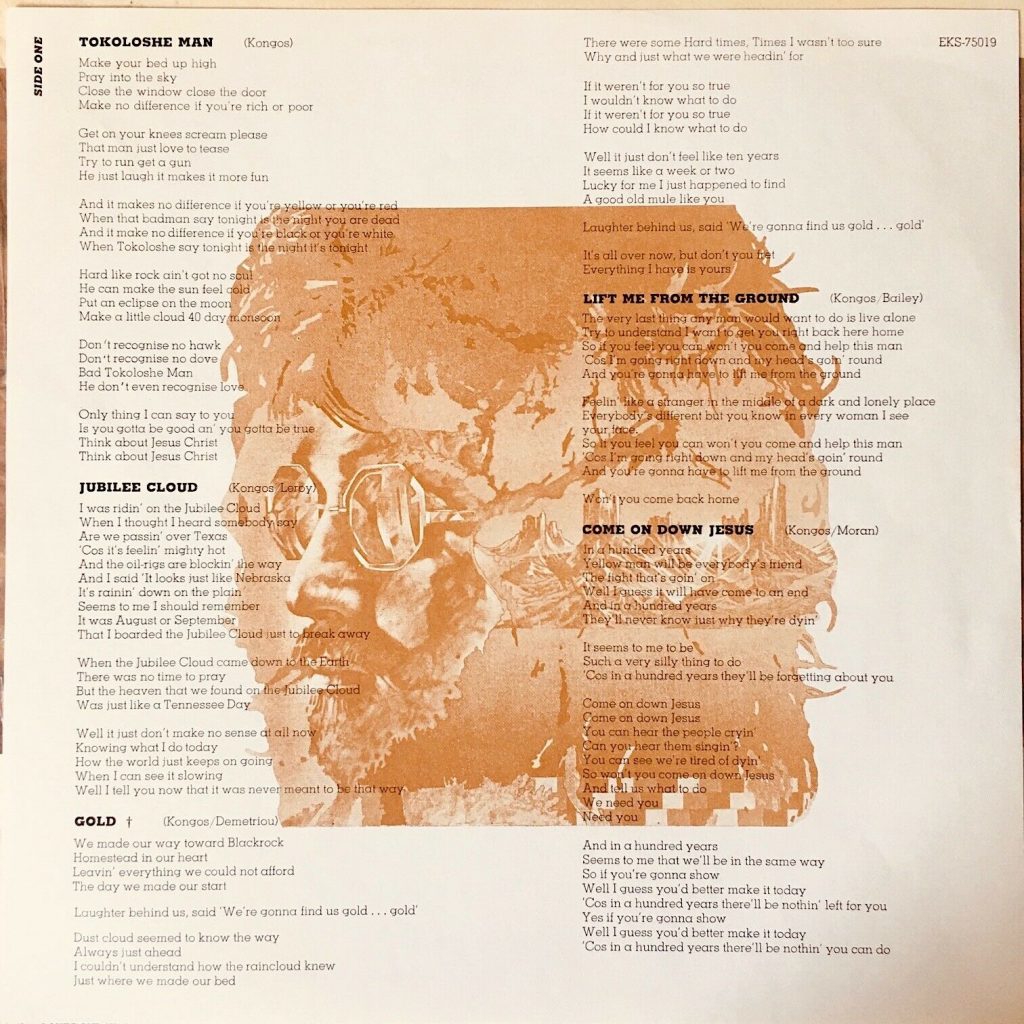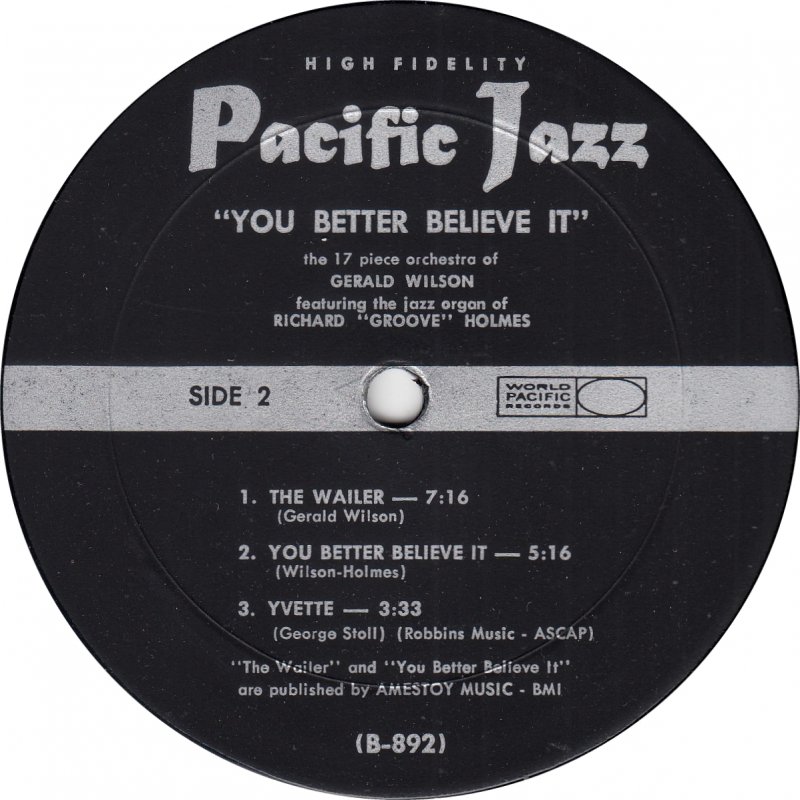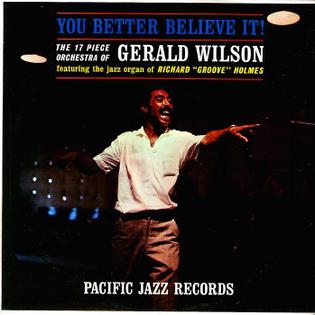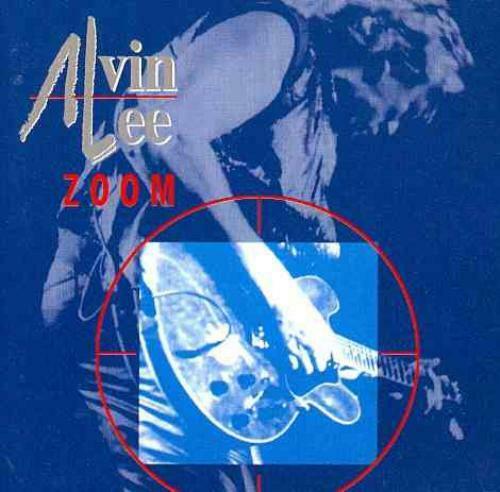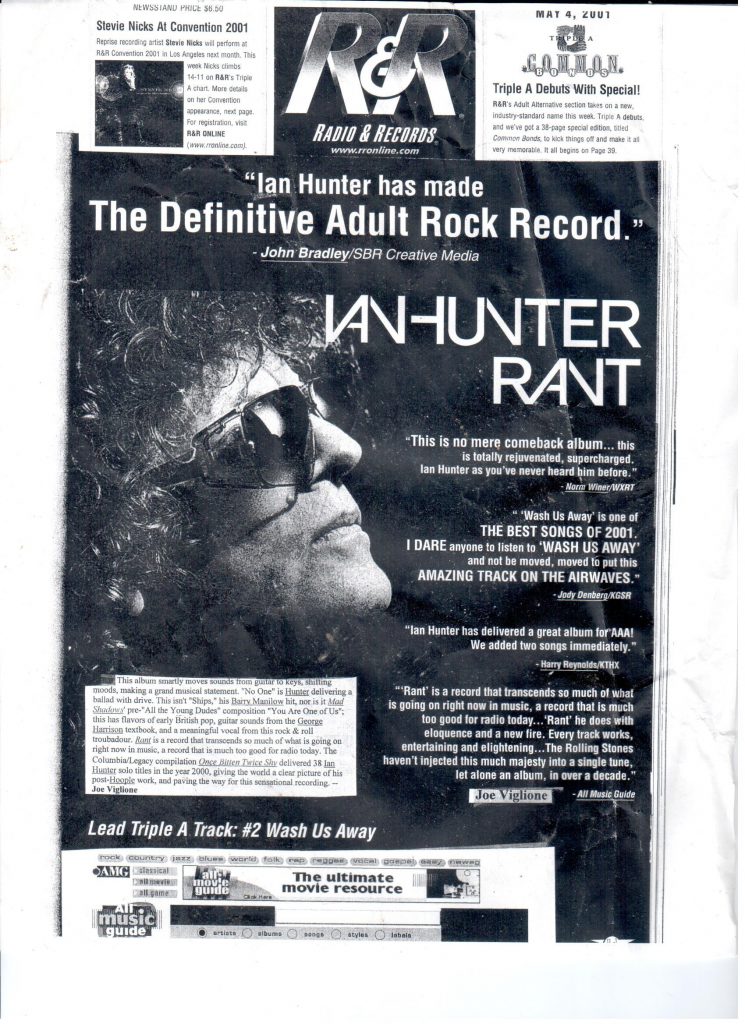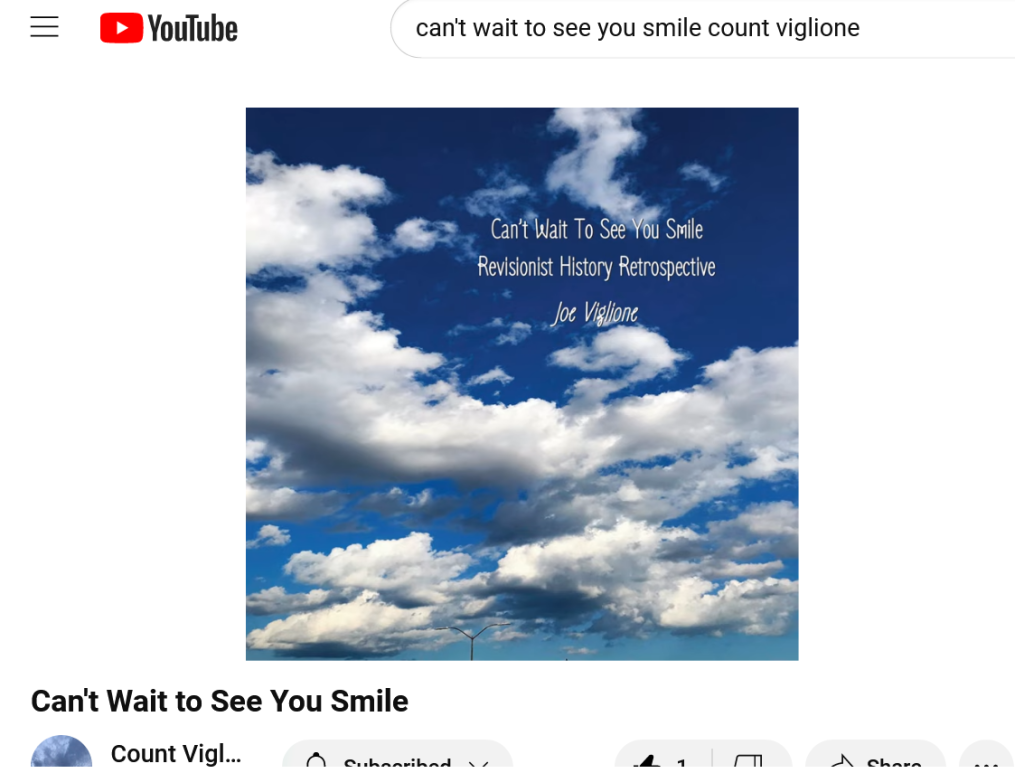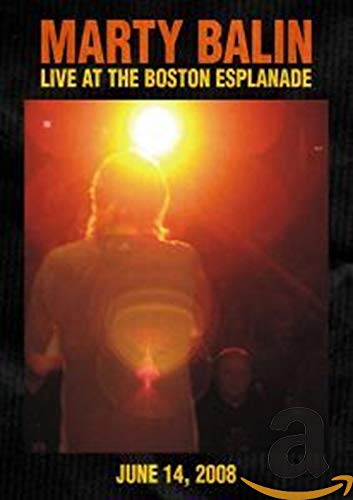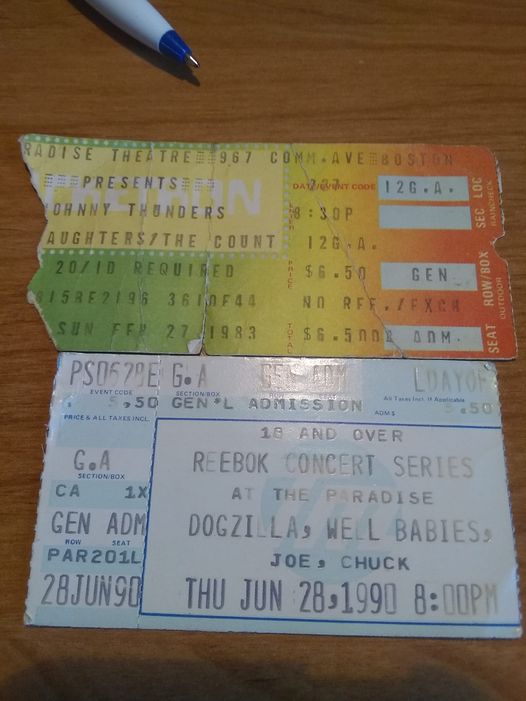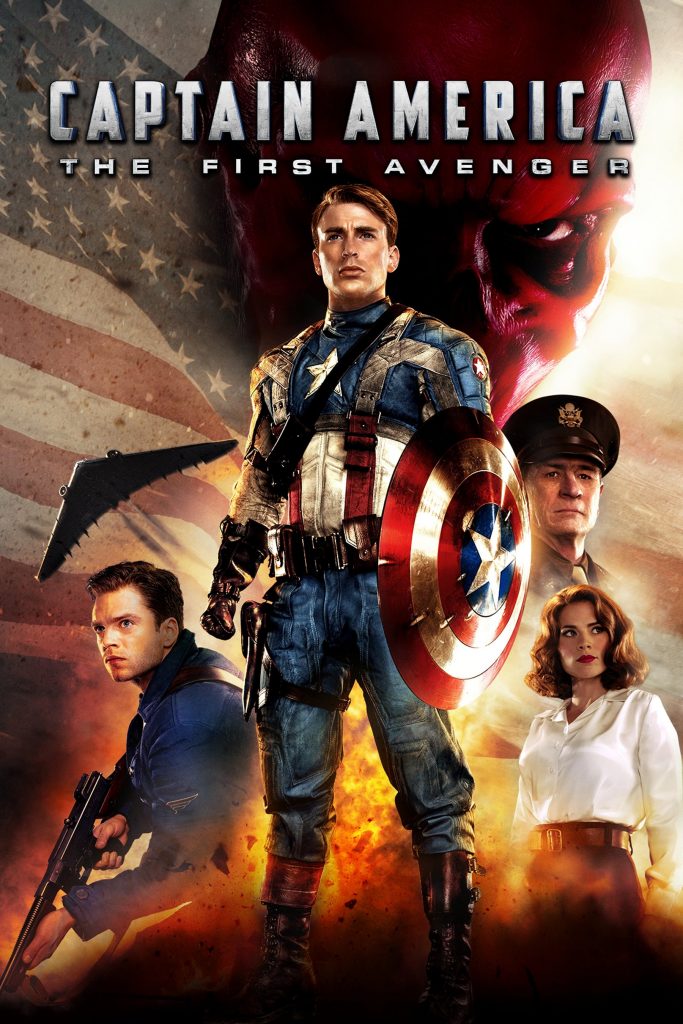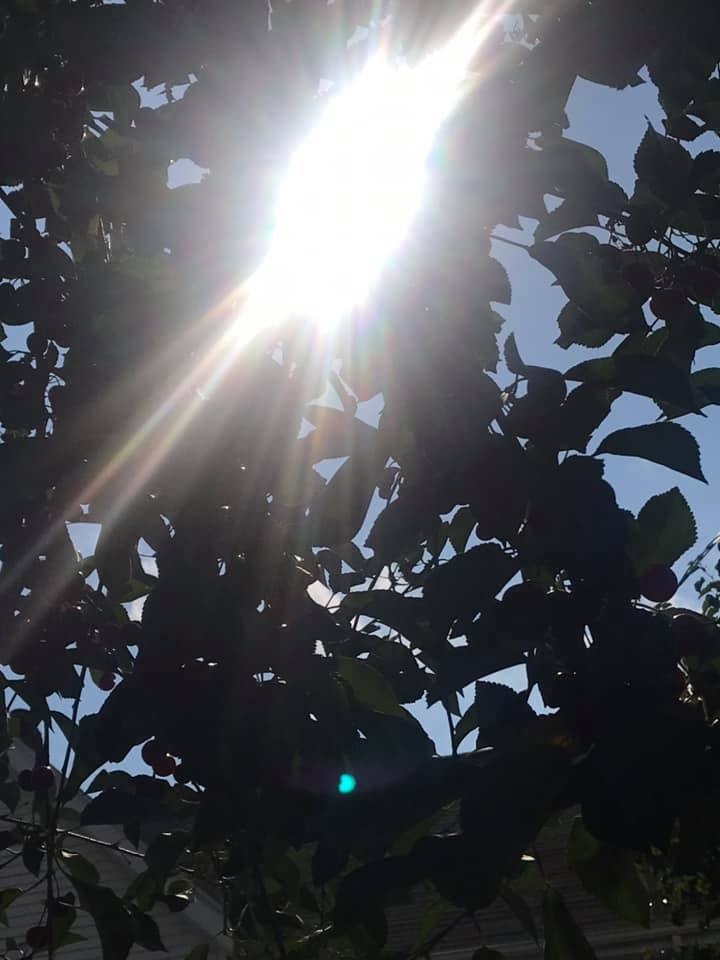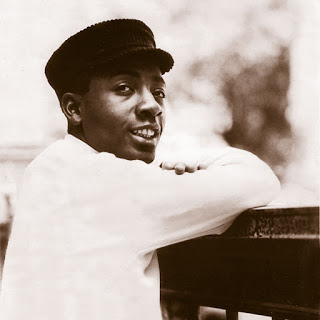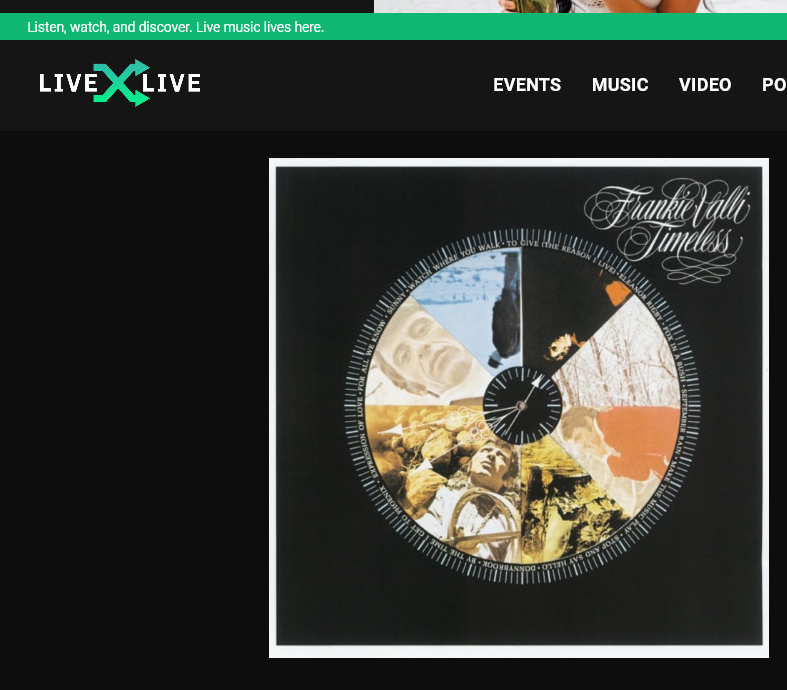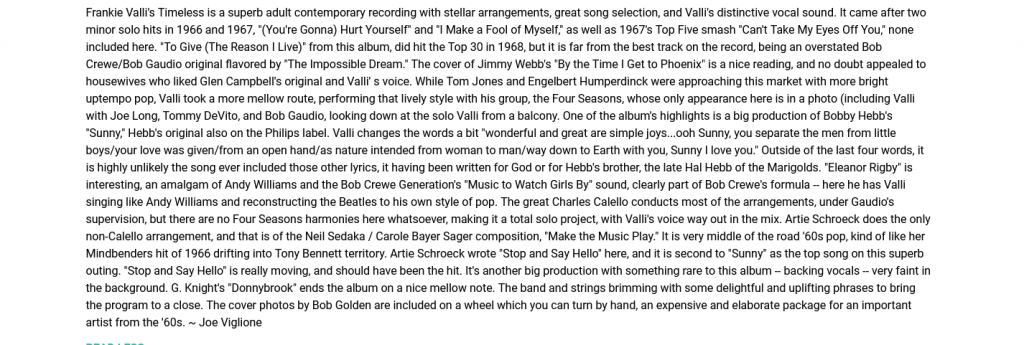
Feedback Review by Joe Viglione
https://www.allmusic.com/album/feedback-mw0000696125
https://www.allmusic.com/album/feedback-mw0000696125Feedback is one of the strangest happenings in rock, more dramatic than Michael MacDonald taking over the Doobie Brothers, but more successful artistically than it was financially, and a chapter of the group that is sadly forgotten. The original band was produced by Lou Adler and built around guitar prodigy Randy California, and a bit of history is in order to understand this hybrid project. David Briggs, producer of Kathi MacDonald, Alice Cooper’s Easy Action, and Neil Young, helped the band forge their classic Twelve Dreams of Dr. Sardonicus and was retained for this follow-up. William Ruhlmann’s liner notes to Spirit’s Time Circle Epic/Legacy release notes that Randy California resigned from the group at this point. Mark Andes and Jay Ferguson formed Jo Jo Gunne with Curly Smith, and Smith’s friends, the Staehely Brothers, joined Cassidy and company. What Ed Cassidy and keyboard player John Locke created with producer David Briggs was a phenomenal reinvention of Spirit, which worked, sometimes better than the original group. Bassist/vocalist Al Staehely wrote the music, with guitar chores and backing vocals by his brother J. Christian Staehely. “Witch,” the final track on the disc, is typical of this new Spirit sound, a fusion of pop/jazz/rock with a dab of country. It would have been a perfect blend for Randy California to step back into, though his ego might have been the stumbling block here. In concert, this version of Spirit was serious and precise, playing with a cool efficiency. David Briggs was the perfect guy to oversee this project, allowing the musicians their space and developing a true counterpart to The Twelve Dreams of Dr. Sardonicus, considered by many to be the band’s highpoint. The cover is in eerie aqua blue with the faces looking like spirits peering out of a distorted television. The gatefold contains a band photo and a smart evolutionary image for this eclectic and underrated West Coast band. Here’s the clincher: musically, some of the best work on Feedback are the two instrumentals by keyboard player John Locke, “Puesta Del Scam” and “Trancas Fog-Out,” fragments of the original “Spirit” performed by this new quartet. The stuff is brilliant, and that it was excised from Time Circle is a pity. It was this writer who put Epic/Legacy in touch with Randy California in the development of 1991’s Time Circle compilation project, and certainly the elegant “Darkness,” the third John Locke title, deserved to be included on that double disc, and some representation of this remarkable work would have been appropriate rather than nine whopping cuts from The Twelve Dreams of Dr. Sardonicus. Jo Jo Gunne guitarist Matthew Andes (brother of Spirit’s Mark Andes) co-wrote “Mellow Morning” with Al Staehely, and it, along with “Right on Time” and “Ripe and Ready,” all display the Spirit vibe, even hinting at some Jo Jo Gunne, as strange as that may seem. The Cassidy/Locke/Staehely/Staehely combo added enough jazz to Spirit to temper the all out assault that was Jo Jo Gunne, and therein lies the difference. This is not David Bowie’s ex-drummer and bassist forming the Spiders From Mars; keep in mind that Ed Cassidy was not only the band’s insignia with his Yul Brynner look, he was this group’s spiritual leader. As Randy California’s step-dad, it’s a shame he didn’t get more firm with the boy and demand they all be “the family that plays together.” Had the Staehely brothers and John Locke stayed on board for Cassidy and Randy California’s next project, the erratic Potatoland disc may have mutated into something totally brilliant. The best of Al Staehely, John Locke, and Randy California would have been truly something. Feedback is a solid performance and remarkable album which deserves its place in the Spirit catalog, and not the status of bastard son. It is a legitimate Spirit project and it is very, very good. Collapse ↑
by Joe Viglione [-]

by Joe Viglione [-]
Make no doubt about it, this is possibly Carole King’s most important work since Tapestry, and why a similar album didn’t follow Tapestry or its follow-up, Music, was a marketing blunder and a mystery. Missing here is Lou Adler’s production, though King and her co-producer Mark Hallman are hardly inefficient. It’s just that some songs get more attention than others. “Dancin’ With Tears in My Eyes” opens the collection, a pleasant new addition to their repertoire, but next to “Locomotion,” “One Fine Day,” “Chains,” and “Snow Queen,” its purpose is more to bring the album full circle than to try to compete with these classics. “One Fine Day,” the song the Chiffons brought Top Five, was the hit, going Top 15 from this set 17 years later. The reworking of the Freddie Scott/Bobby Vee/Donny Osmond hit “Hey Girl” is breathtaking. Here King is backed by lush production and a bluesy vocal that surpasses anything else on this record, as well as much of what was on the charts at this time. Pearls: Songs of Goffin and King is the set the artist’s longtime fans craved when Tapestry made her more than a household name. This album deserves its place right next to Tapestry.
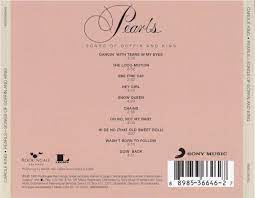
Kongos Review
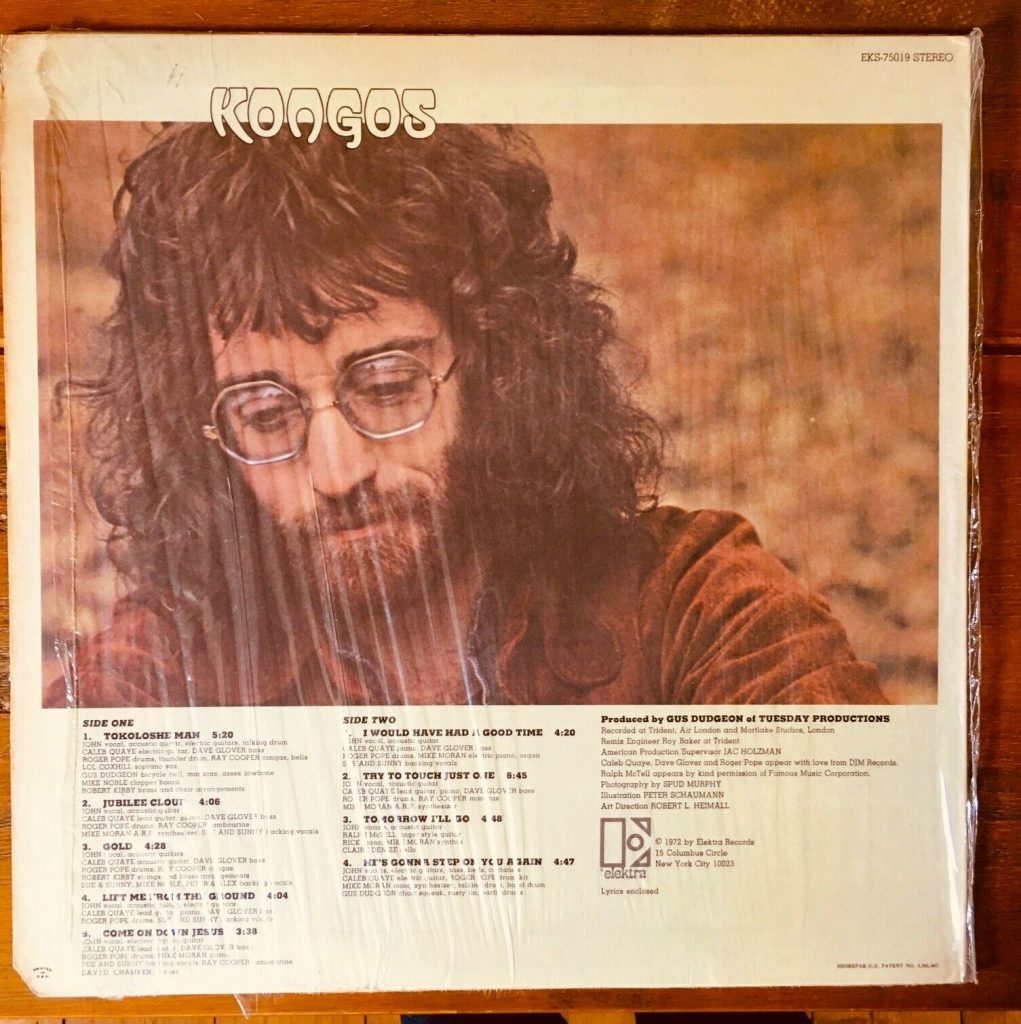
by Joe Viglione [-]
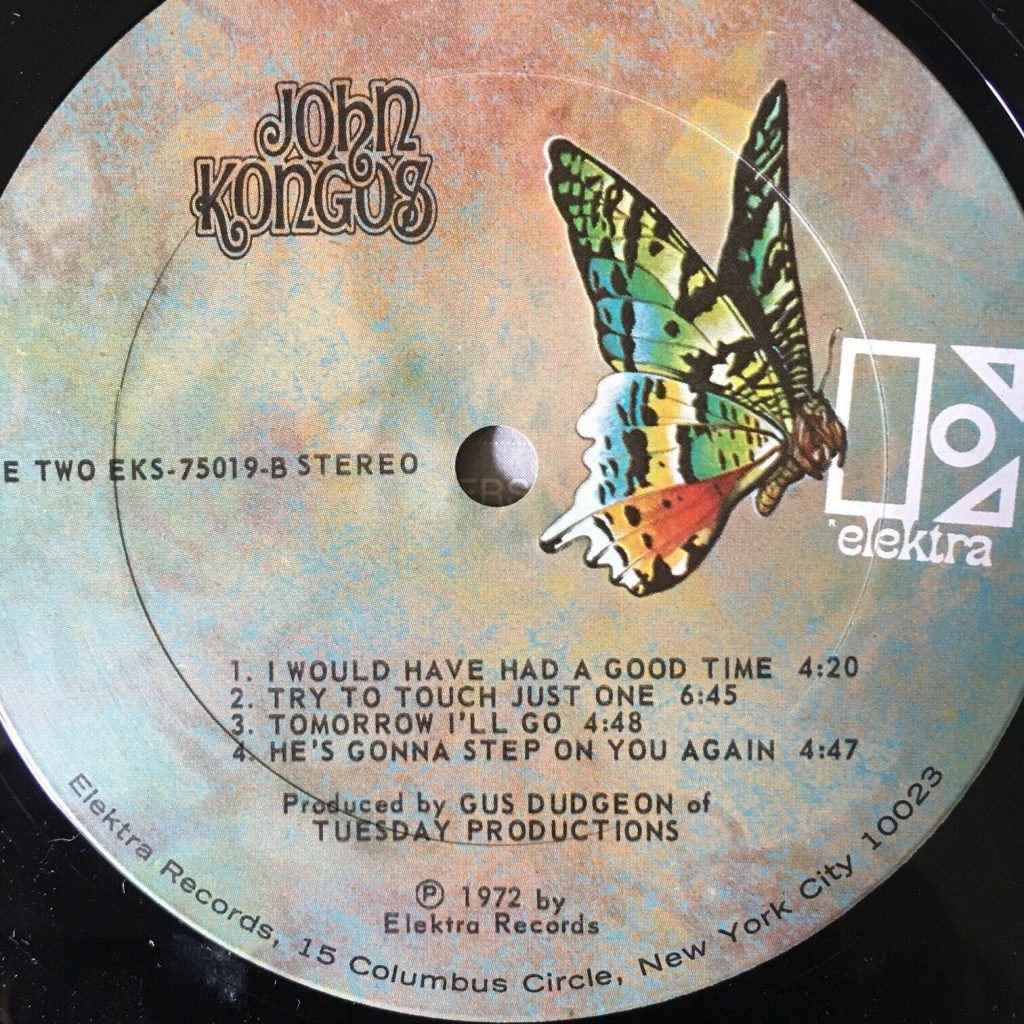
This classic 1972 album on Elektra by John Kongos has Queen/Cars director Roy Thomas Baker remixing superb production by Gus Dudgeon, the man who created many an Elton John hit. Elton sidemen Ray Cooper, Caleb Quaye, Dave Glover, Roger Pope, Sue (Glover) and Sunny (Leslie) — pretty much the crew from John‘s 1971 epic Madman Across the Water — are all excellent here. But this album has more to offer than the solo records by Kiki Dee and Bernie Taupin, which also proliferated around the same time. Though he never made it to Joel Whitburn‘s Billboard Book of Top 40 Hits in the U.S.A., there were three minor splashes on this disc: “Tokoloshe Man,” “Jubilee Cloud,” and “He’s Gonna Step on You Again.” The totally original sound — producer Dudgeon on “asses jawbone,” bicycle bell, maracas, and Mike Noble playing the “clapper board” — build a texture one didn’t hear on Elton John records. Highly experimental, the brilliant piano and guitar by Quaye invigorate “Jubilee Cloud,” which can only be described as psychedelic gospel. Not only a gospel feel, the mysterious Sue and Sonny personify a church choir next to Mike Moran‘s ARP Synthesizer. There are lots of Jesus references throughout the disc, and on the heavily Beatles-influenced “Come on Down Jesus” with brass and Ray Cooper‘s tambourine, one gets the message that Kongos is a Jesus freak. This record sounds like a party — a bunch of hippies on some Indian reservation at sunset. The album cover giving hints to what is transpiring on the grooves. Some of the themes Bernie Taupin flavored the Elton John “Country Comfort” song with are here, but the singer embraces them in a different way. Kongos sounds like a sincere Billy Joel on “Gold,” and a cross between Elton and Joel on “I Would Have Had a Good Time.” But as good as those tracks are, it is the energy of “Tokoloshe Man,” the ecstasy of “Jubilee Cloud,” and the insanity of “He’s Gonna Step on You Again” that make this album timeless. Producer Gus Dudgeon plays “chair squeak,” “rusty tin,” and “earth drums” on “Step on You,” John Kongos adding castanets, creating a Phil Spector stereo nightmare, which is simply gorgeous. The album has been re-released in different versions; a German CD contains eight bonus tracks and a U.K. collection has five additional songs. Magical music that one does not get to experience often. Collapse ↑
